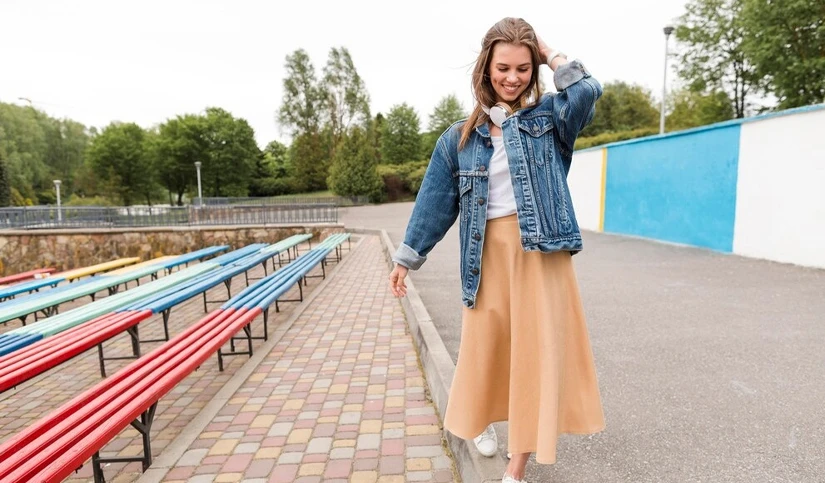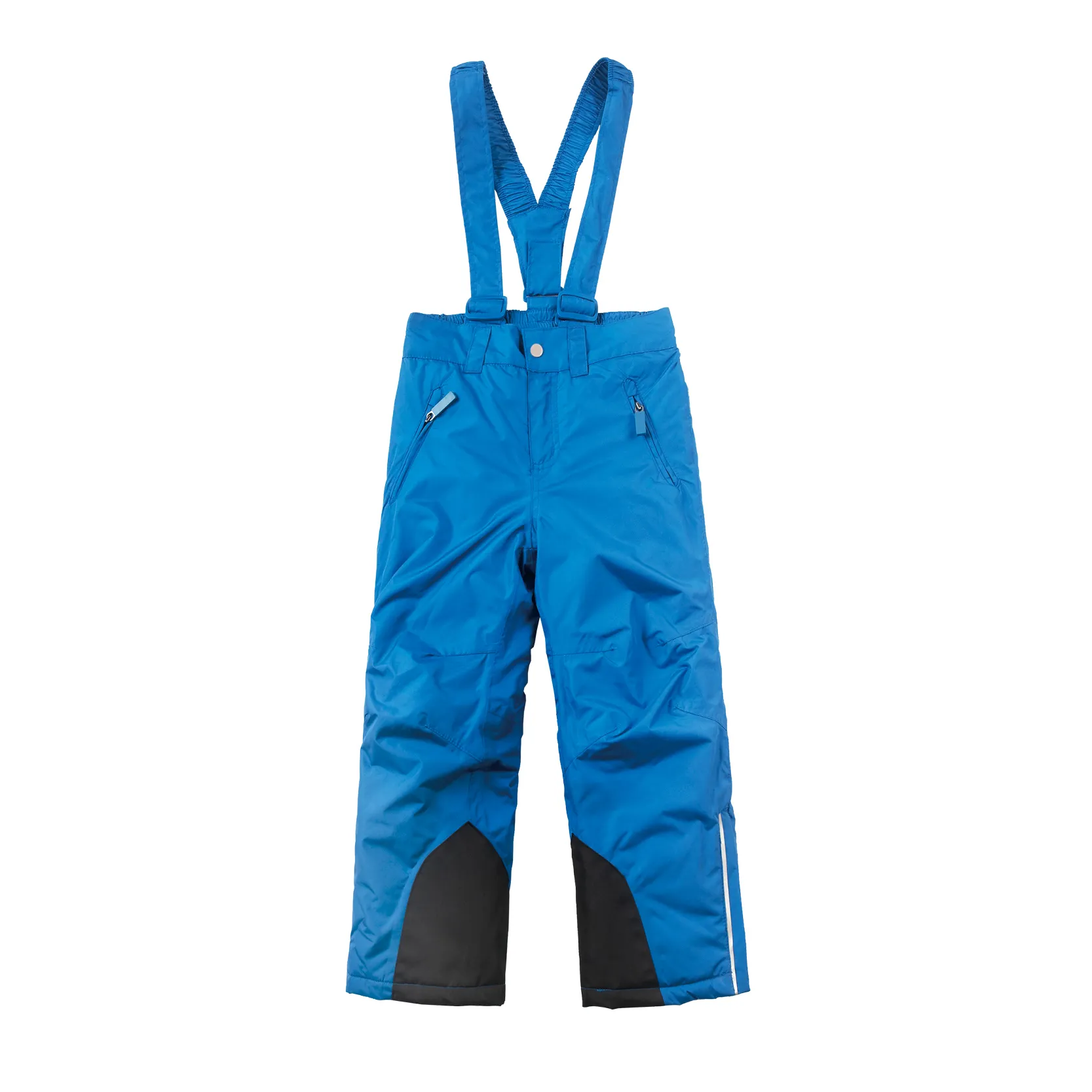- Introduction to casual fashions
and their evolution - Key data: Industry trends and growth in casual fashions
- Technical advancements driving fall and winter fashions
- Brand comparison: Leading manufacturers in casual women's outfits for work
- Customized solutions: Tailoring casual fashions for diverse markets
- Case studies: Real-world applications and transformation stories
- Conclusion: The future of casual fashions

(casual fashions)
Introduction: The Dynamic World of Casual Fashions
In today's fast-evolving fashion landscape, casual fashions have emerged as a dynamic sector bridging comfort, function, and style. Rooted in relaxed silhouettes and versatile design, the concept has shifted from leisurewear to an everyday essential across global workspaces and social settings. Whether optimizing for fall and winter fashions or integrating office-ready details, the global market for casual women's outfits for work is experiencing unprecedented growth. This shift is driven by changes in consumer lifestyles, a push towards remote and hybrid work environments, and a heightened appreciation for authenticity and self-expression through attire. As this segment matures, understanding its nuances is essential for both consumers seeking wardrobe updates and businesses aligning with the fashion-forward yet practical demands of modern living.
Market Momentum: Data-Driven Insights Shaping Casual Fashions
The global casual fashion market has seen significant expansion over the past decade. According to Statista, the casualwear segment is expected to reach US$531 billion by 2027, reflecting an annual growth rate of 4.9%. This increase is fueled by the rising adoption of flexible dress codes at workplaces—65% of U.S. employers now permit casual dress policies, up from 45% in 2012 (Society for Human Resource Management). Similarly, fall and winter fashions have benefitted from innovative fabric technologies that balance warmth with lightness, accounting for a 20% rise in seasonal product launches since 2019. Market data demonstrate that women’s casual outfits tailored for work are the top-performing subcategory, commanding 34% of overall casual fashion sales in North America. Such data underscores the commercial and cultural influence of this segment, making it pivotal for all stakeholders involved.
Technological Innovation in Fall and Winter Fashions
The evolution of casual fashions, particularly for colder seasons, is deeply entwined with material science and manufacturing technology. Forward-thinking brands are leveraging moisture-wicking, thermoregulating and stretch-infused textiles, optimizing comfort without compromising professional aesthetics. Digital printing and advanced pattern-making have enabled greater personalization, allowing designers and manufacturers to produce small-batch, limited-edition pieces with rapid turnaround. Notably, 3D knitting has pushed sustainability forward, reducing fabric waste by up to 70% in comparison to traditional cut-and-sew techniques. Technical coatings for wind and water resistance, once exclusive to outerwear, now enhance blazers, trousers, and even work-appropriate sweaters. For fall and winter, such innovations ensure women’s outfits retain elegance while providing practical solutions for varying temperatures and activities—a defining edge for brands poised to capture discerning clientele.
Brand Showdown: Comparing Leading Casual Women's Outfits for Work Manufacturers
With the rise in demand for casual fashions, manufacturers are intensifying competition on quality, price, sustainability, and technological innovation. Below is a comparative table of industry leaders based on comprehensive criteria:
| Feature | Uniqlo | Everlane | J.Crew | H&M |
|---|---|---|---|---|
| Price Range (USD) | $25–$100 | $40–$180 | $30–$150 | $19–$120 |
| Sustainability Programs | Basic recycle initiatives | Comprehensive transparency & recycled materials | Some sustainable lines | Conscious Collection, high recycled fiber content |
| Technological Features | HEATTECH, AIRism fabric | TechSweat, ReNew outerwear | StretchTech fabrics | Shape, Move & DryMove lines |
| Availability | Global retail & online | Online focus | US-EU retail & online | Global retail & online |
| Bestselling Category | Work trousers, knits | Casual blazers, pants | Sweaters, dress shirts | Trousers, blouses |
This brand comparison highlights the strategic diversity employed to capture the casual women's outfits for work market. Retailers like Uniqlo and H&M prioritize global reach and innovative fabric technology, while Everlane champions transparency and eco-friendly production. J.Crew distinguishes itself with a balance of classic tailoring and modern fabrics. Such distinctions enable consumers and businesses alike to make informed sourcing or shopping decisions based on their values and needs.
Customized Solutions: Tailoring Casual Fashions for Every Market
As demand broadens, the concept of “one-size-fits-all” in casual fashions has evolved into bespoke experiences. Customization now covers fabric selection, sizing adjustments, and styling options that reflect local climate, cultural sensibilities, and workplace expectations. Brands are deploying AI-driven fit algorithms and virtual fitting rooms, enhancing the personalization process and reducing return rates by up to 27% (McKinsey, 2023). Direct-to-consumer models enable rapid response to customer feedback, while collaborations with local designers yield collections targeting regional preferences for fall and winter fashions. Custom embroidery, unique color palettes, and limited-edition prints further empower consumers to express individuality within occupational dress codes. These innovations are not just enhancing aesthetic appeal; they are reinforcing company loyalty and streamlining supply chain efficiency, ensuring brands remain responsive and relevant in a competitive marketplace.
Application in Action: Success Stories from the Workplace
Across industries, practical implementation of the latest casual women's outfits for work demonstrates their transformative impact. In a leading Scandinavian tech company, adoption of modular, tech-fabric workwear resulted in a 16% boost in employee satisfaction, as measured by internal HR surveys. Financial firms in New York that introduced flexible casual dress codes and invested in premium, weather-adapted collections observed a 9% reduction in absenteeism during Autumn-Winter months (Forbes, 2022). Startups utilizing co-branded capsule wardrobes experienced a 33% rise in employee participation at company events, linking comfort-driven design to workplace culture enhancement. Case studies from retail reports chronicle how such approaches allow employees to transition seamlessly from office to after-hours engagements, reflecting the multi-purpose ethos at the heart of modern casual fashions. These real-world examples validate the tangible benefits—both social and operational—of investing in adaptive, audience-focused style solutions.
Conclusion: Shaping the Future of Casual Fashions
The story of casual fashions is one of ongoing innovation, cultural resonance, and technological progress. From technical breakthroughs in fabric performance to agile customization methods, and from competitive industry benchmarking to authentic workplace case studies, the sector continues to rewrite its own rules. As fall and winter fashions become more adaptable and confidence-inspiring, the boundaries between leisurewear and professional attire further dissolve. Brands that prioritize data-driven insights, responsible manufacturing, and user-focused design are best poised to lead, ensuring casual women's outfits for work are both high-performing and accessible. Looking forward, success will depend on advancing these trends while staying attuned to the ever-evolving needs of diverse, modern consumers.

(casual fashions)
FAQS on casual fashions
Q: What are casual fashions?
A: Casual fashions refer to relaxed, comfortable clothing suitable for everyday wear. They often prioritize ease of movement and simplicity. Examples include jeans, t-shirts, and sneakers.
Q: What are popular fall and winter casual fashion trends?
A: Popular fall and winter casual fashions include layering with sweaters, scarves, and coats. Earthy tones and cozy materials like wool and fleece are favorites. Boots and jeans are also common choices.
Q: What types of casual women's outfits are appropriate for work?
A: Casual women's outfits for work can include tailored trousers, blouses, and cardigans. Choose neat, modest pieces in neutral colors for a professional look. Avoid overly flashy or distressed items.
Q: How can I style casual fashions to look more put-together?
A: Accessorize with belts, jewelry, and neat shoes to elevate your casual look. Stick to coordinated colors and well-fitted clothing. A blazer or structured bag can also add polish.
Q: Are jeans considered appropriate for casual women's work outfits?
A: Yes, jeans can be appropriate for casual women's work outfits if workplace dress codes allow. Opt for dark, tailored jeans without rips or distressing. Pair them with a smart top and closed-toe shoes.















